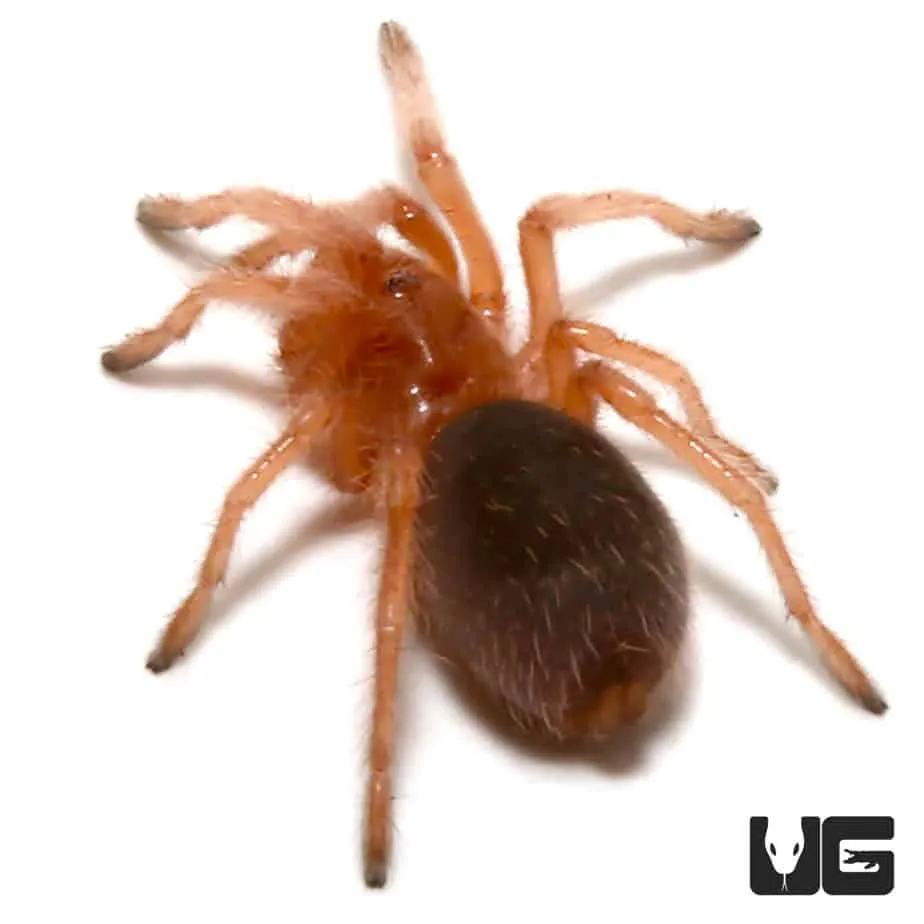What is a Chilean Rose Tarantula (CRT)?
The Chilean Rose Tarantula (Grammostola rosea), often abbreviated as CRT, is a popular pet tarantula known for its docile temperament and relatively easy care. Native to the deserts of Chile, Argentina, and Bolivia, these spiders are terrestrial, meaning they live on the ground. They are known for their beautiful rose-colored hairs and relatively low maintenance needs, making them a favorite among beginner tarantula keepers. Their calm demeanor and manageable size contribute to their appeal, making them a relatively low-risk pet for those new to the hobby. Understanding what a CRT is and what it is not is the first step in gauging the costs involved with owning one.
Understanding the CRT’s Popularity
The popularity of the Chilean Rose Tarantula stems from several factors. First and foremost is their generally docile nature, which makes them less prone to biting or exhibiting defensive behaviors compared to some other tarantula species. Additionally, their relatively low maintenance requirements contribute to their appeal. They don’t need a lot of space, and their dietary needs are relatively simple, consisting primarily of insects. Their striking appearance, featuring rose-colored hairs, adds to their aesthetic appeal. Finally, their relatively long lifespan – females can live for over 20 years – makes them a long-term companion. All these elements combined result in high demand which, in turn, affects the prices.
Factors Influencing Chilean Rose Tarantula Cost
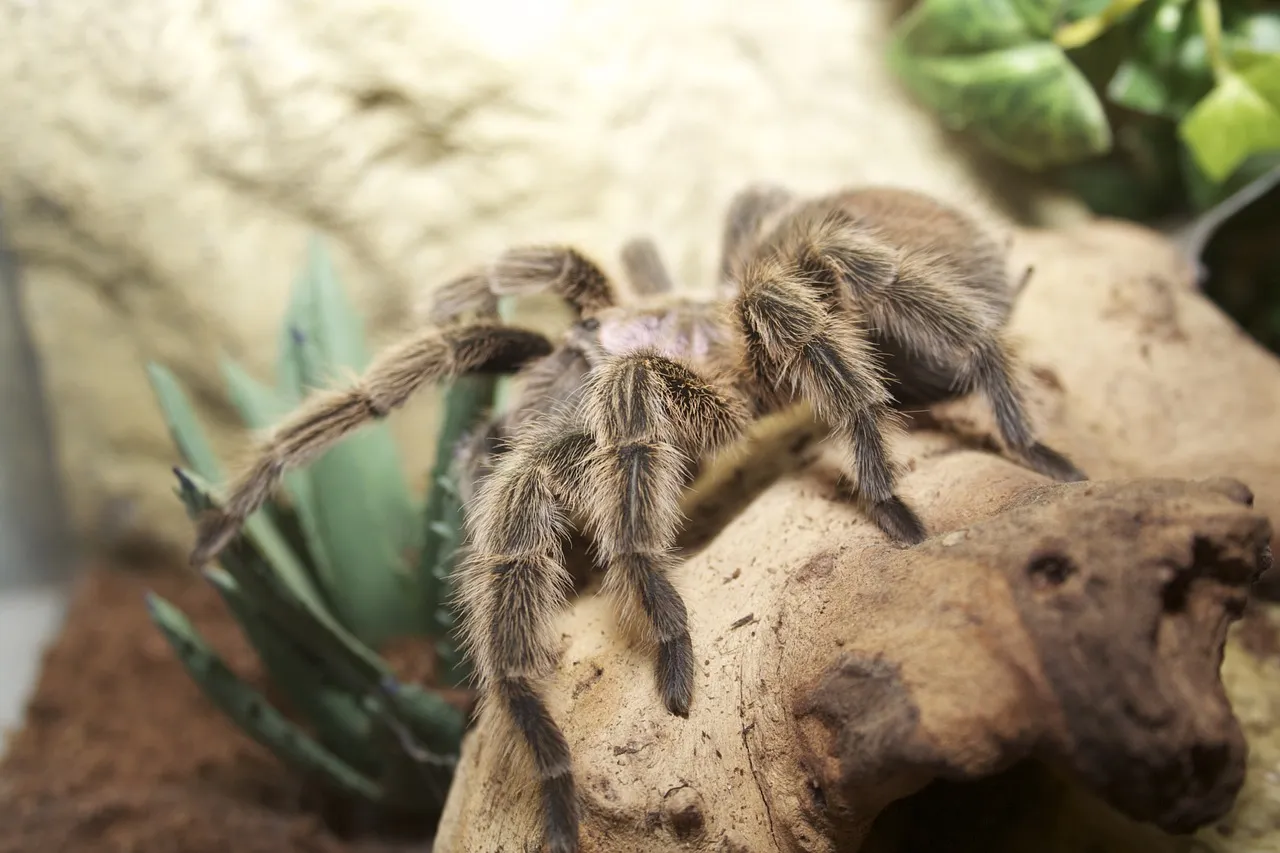
Several factors play a role in determining the price of a Chilean Rose Tarantula. These factors include the age of the spider, its size and sex, any morphs or color variations, and the reputation of the seller. The costs associated with owning a CRT extend beyond the initial purchase price. One must also consider enclosure setup, substrate, decorations, essential equipment, food, heating, lighting, and potential veterinary care. A thorough understanding of these elements helps to make informed decisions when planning to acquire one.
Age of the Tarantula
Younger CRTs, or spiderlings, are typically less expensive than adult specimens. The price increases as the tarantula grows older, especially if it is a mature female, as these can live for a very long time and can be very valuable for breeding. Younger tarantulas are also more fragile and require more specialized care, which can sometimes be a deterrent for new owners. Their smaller size also means that they require smaller, less expensive enclosures initially. Adult females are often the most expensive due to their longevity and ability to produce offspring. When considering age, it’s essential to factor in not only the initial cost but also the long-term care implications, as older tarantulas may have different health needs.
Size and Sex of the Tarantula
The size of the tarantula is closely related to its age and significantly impacts the price. Larger, more mature tarantulas generally cost more than smaller ones. The sex of the tarantula is another important factor. Female CRTs are generally more expensive than males. This is because females have a longer lifespan and are more desirable for breeding purposes. Males typically live for a shorter time after reaching maturity, often only a year or two, whereas females can live for over 20 years. The price difference often reflects the greater potential for longevity and breeding opportunities that a female provides.
Morphs and Color Variations
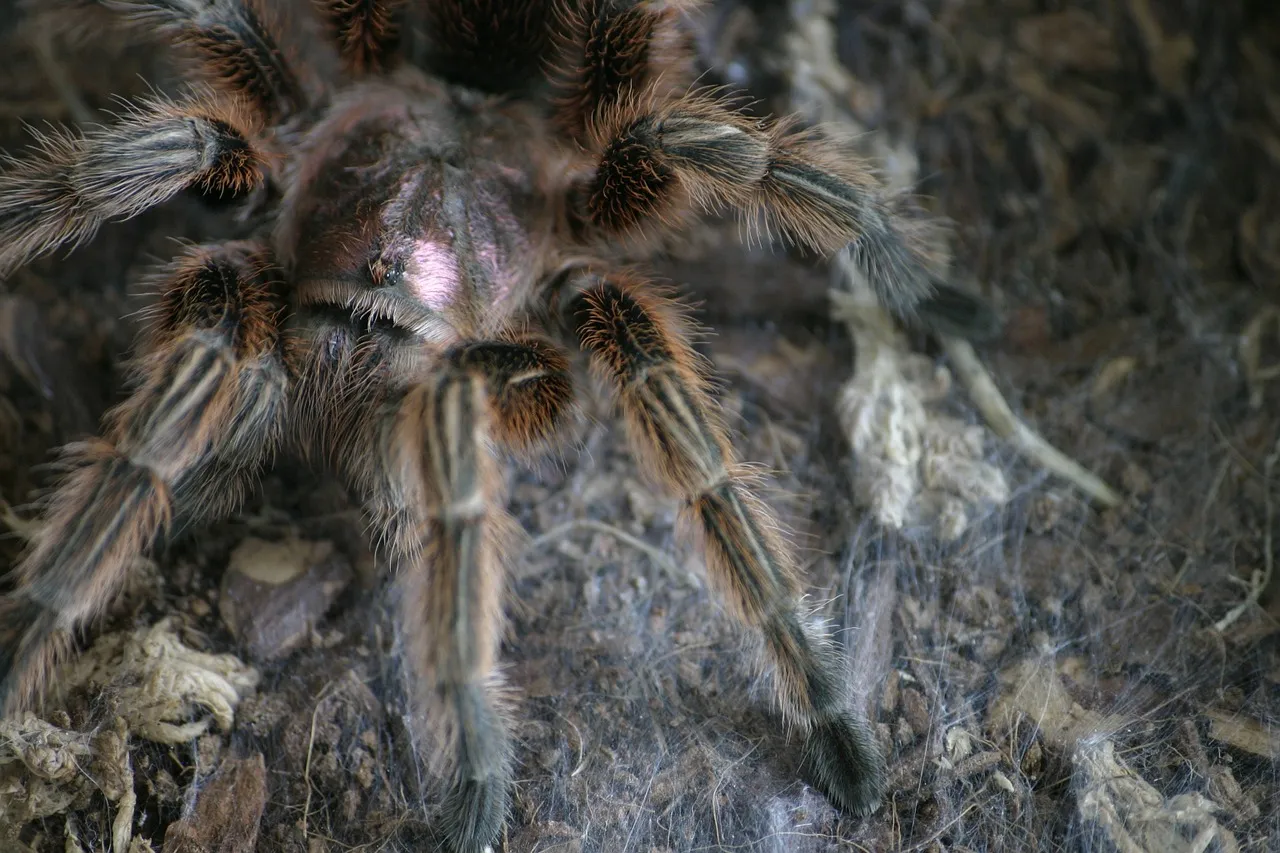
While the standard Chilean Rose Tarantula has a characteristic appearance, some specimens may exhibit unusual colors or patterns, sometimes referred to as morphs. These variations are rare and therefore can command a higher price. These are often the result of selective breeding or natural genetic mutations. The rarity of the morph directly impacts its cost. If you are not concerned with owning a specific morph, the standard coloration will suffice, and you will not have to spend as much. The price of these CRTs is subject to the breeder and the marketplace, which influences costs.
The Seller and Source
The reputation and credibility of the seller significantly influence the price of a Chilean Rose Tarantula. Reputable breeders and pet stores typically charge more than private sellers or online marketplaces. This is because they often provide health guarantees, detailed care information, and have a good track record of customer service. They also tend to have a better understanding of the tarantulas they sell, their lineage, and their health. Purchasing from a reputable source can provide peace of mind and reduce the risk of acquiring a tarantula with health problems. However, this may also translate to higher initial costs.
Where to Buy a Chilean Rose Tarantula
Where you purchase your Chilean Rose Tarantula will greatly influence the cost. There are several options available to prospective owners, each with its own set of advantages and disadvantages. From breeders to online marketplaces, a thorough understanding of each avenue helps to find the right CRT for you and your budget.
Reputable Breeders and Pet Stores
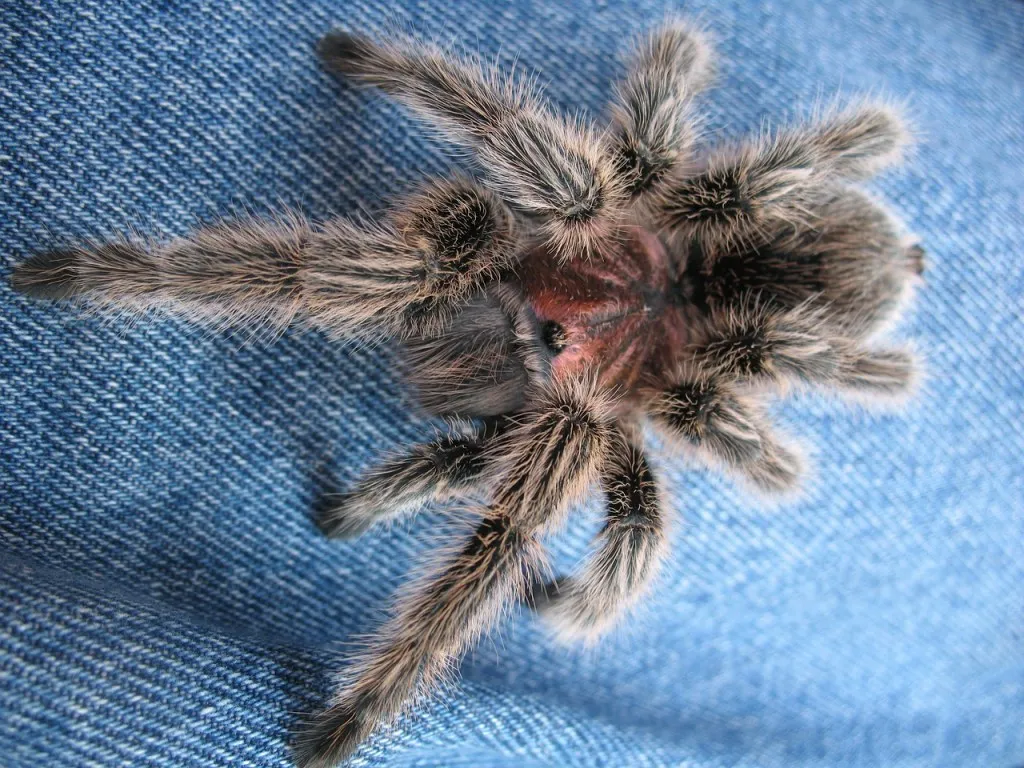
Buying from reputable breeders and pet stores often means paying a premium, but it also comes with certain benefits. These sellers usually have a good understanding of the tarantulas’ lineage, health, and care requirements. You are more likely to receive a healthy tarantula, and they often provide detailed information and support. They are less likely to sell sick or improperly cared-for specimens. Moreover, you can often see the tarantula in person and ask questions. Breeders and pet stores provide a level of accountability and expertise that can be invaluable to new tarantula owners, justifying the potentially higher price.
Online Marketplaces
Online marketplaces offer a wide selection of CRTs, often at competitive prices. Platforms like eBay and specialized reptile forums can be good places to find tarantulas. It is very important to thoroughly research the seller before making a purchase, as the quality of the tarantulas and the level of support can vary greatly. Look for sellers with positive reviews and a proven track record. Online marketplaces may offer lower prices than breeders or pet stores, but there is also a greater risk involved. Always check shipping costs and policies, and make sure the seller is willing to answer your questions before you commit to buying a tarantula. Many online vendors are very trustworthy and are passionate about providing healthy specimens.
Initial Costs of Owning a CRT
Beyond the initial purchase price of the tarantula, there are various setup costs associated with providing a suitable habitat. These costs can vary greatly depending on your choices. Taking the time to decide which type of enclosure, substrate, and equipment to use will help you determine the budget. Understanding these costs beforehand can help new owners budget properly and make informed decisions.
Enclosure Setup
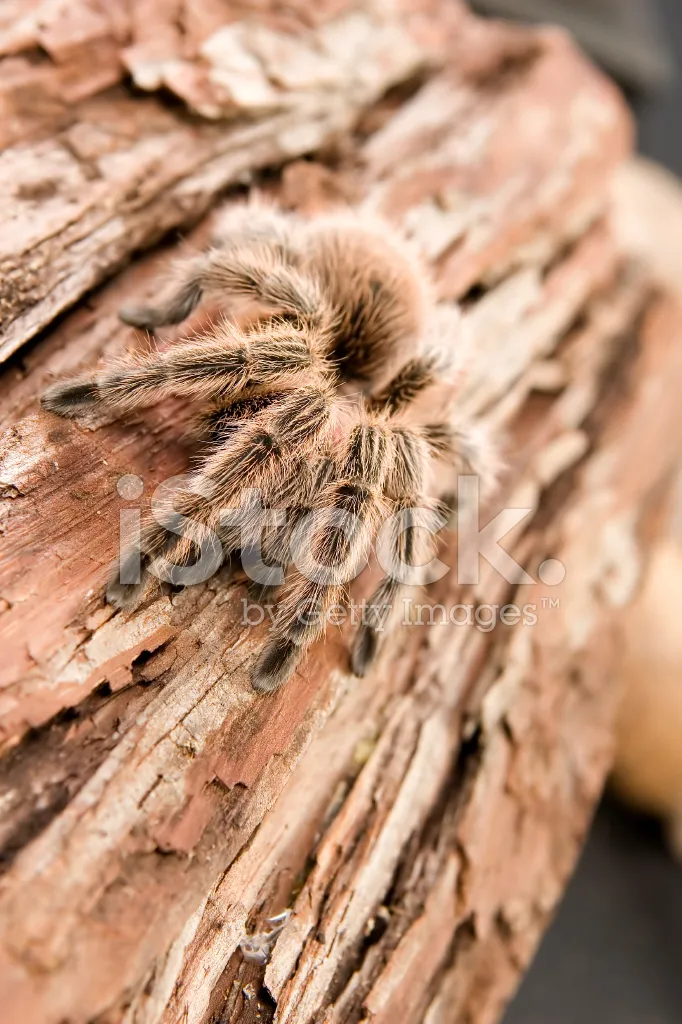
The enclosure is the most significant initial cost. A suitable enclosure should be appropriately sized for the tarantula. Juvenile CRTs can be housed in smaller enclosures, like a 5-10 gallon tank, whereas adults need a larger space. A 10-20 gallon tank is often suitable for an adult CRT. The enclosure should have a secure lid to prevent escapes, and good ventilation is crucial. You can choose between glass tanks, acrylic enclosures, or even specialized tarantula enclosures. The material and size will influence the price, with larger or more elaborate enclosures costing more. Always factor in the cost of the enclosure when you are determining your budget.
Substrate and Decorations
The substrate is the material that lines the bottom of the enclosure and provides a suitable environment for the tarantula. Common substrate options include peat moss, coconut fiber, vermiculite, and a mixture of these. The choice of substrate impacts the cost. Coconut fiber is often a more affordable option than peat moss or specialized reptile substrates. Decorations enhance the habitat and provide the tarantula with places to hide and feel secure. These include items such as cork bark, artificial plants, and hides. Decorations are generally less expensive than the enclosure or substrate but can add to the overall cost. Remember to choose decorations that are safe for your tarantula, avoiding any sharp edges or potentially toxic materials.
Essential Equipment
Essential equipment includes items needed to maintain the ideal temperature and humidity levels for your CRT. These include a thermometer, a hygrometer (to measure humidity), a heat source (such as a heat mat or ceramic heat emitter), and a water dish. The price of this equipment can vary. A basic heat mat and thermometer/hygrometer set will be less expensive than more sophisticated climate control systems. The heat source should be chosen based on the ambient temperature of your environment, and the water dish should be appropriate in size and depth to prevent drowning. These are critical items in helping the tarantula thrive in its new habitat.
Ongoing Costs of CRT Ownership
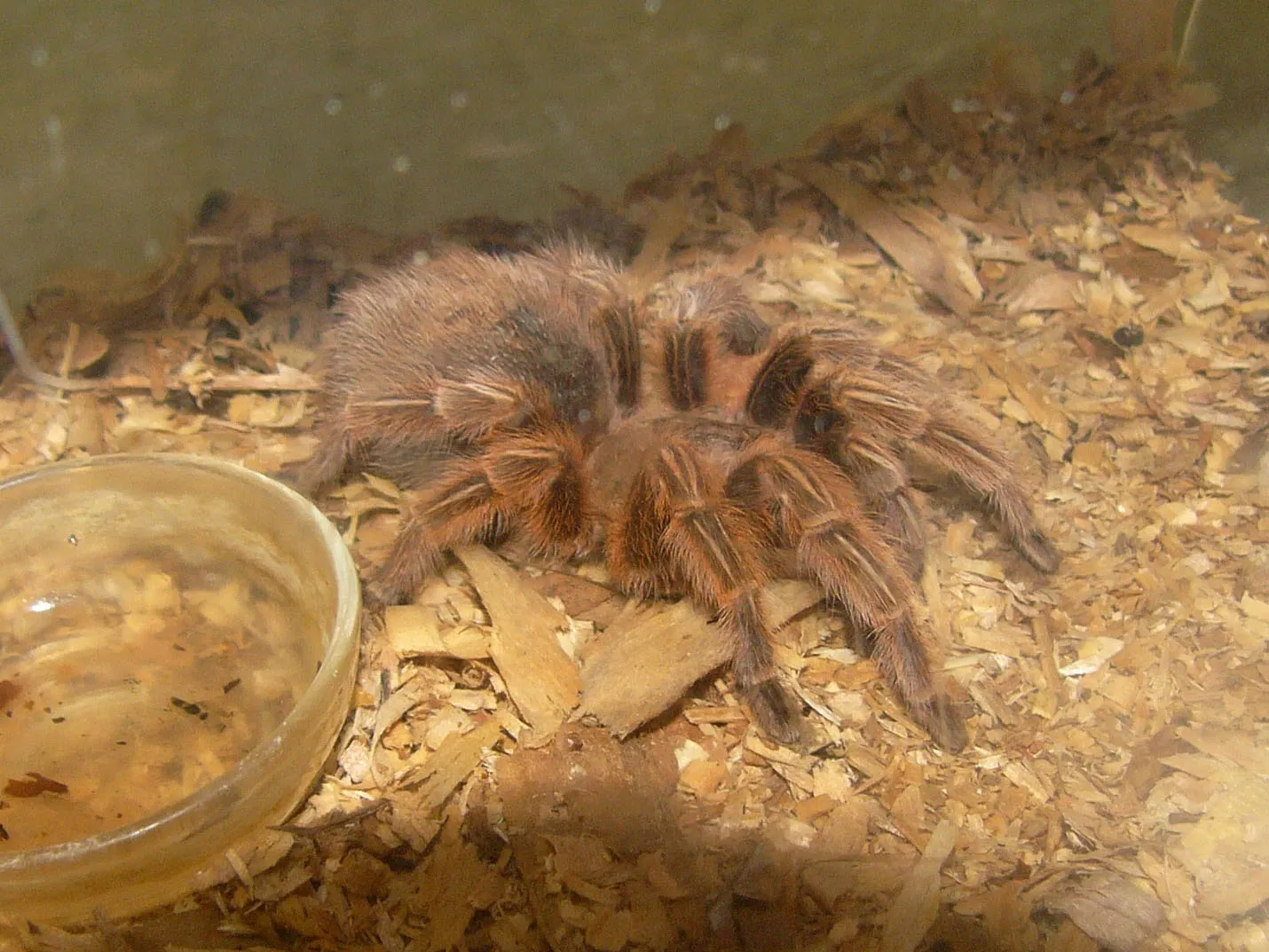
Owning a Chilean Rose Tarantula involves ongoing costs. These costs include food, heating, lighting, and veterinary care. Understanding these expenses is essential to ensuring you can properly care for your pet. Costs will vary depending on where you live, the size of your tarantula, and whether you need to seek veterinary assistance.
Food and Feeding
The primary food source for a CRT is insects, such as crickets, mealworms, and roaches. The cost of food depends on the size of the tarantula, the frequency of feeding, and the source of the insects. Buying insects in bulk can be more cost-effective. Juvenile tarantulas need to be fed more frequently than adults. Variety in the diet is important; a balanced diet can help ensure the tarantula receives all necessary nutrients. Ensure the insects are gut-loaded (fed nutritious food before being offered to the tarantula) to provide better nutrition. Avoid wild-caught insects as they may contain parasites or pesticides.
Heating and Lighting
Depending on your home’s climate, you may need to provide supplemental heating to maintain the appropriate temperature range for your CRT. The costs for this include the electricity used to power heat sources such as heat mats or ceramic heat emitters. Lighting is not essential for CRTs. A low-wattage bulb can be used to provide a day-night cycle and for viewing purposes, but it is not critical for their health. If you opt for lighting, it will contribute to the ongoing cost. Consider the energy efficiency of the heating and lighting equipment to reduce long-term costs.
Veterinary Care
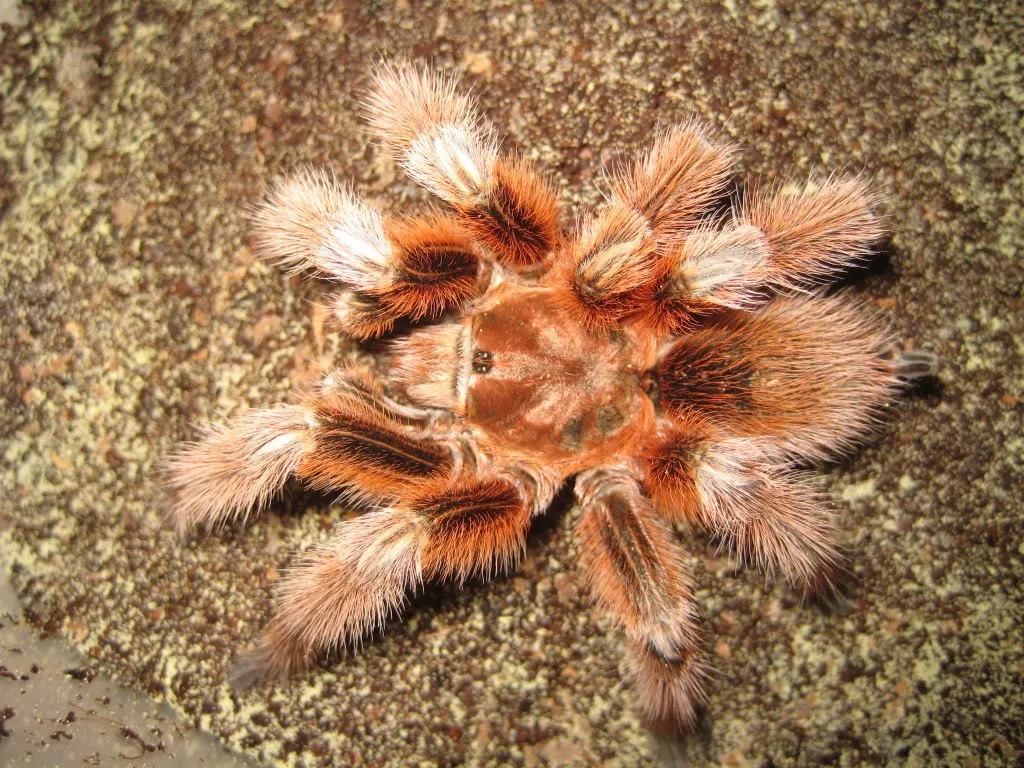
While CRTs are generally low-maintenance pets, unforeseen health issues may arise, requiring veterinary care. It is wise to have a reptile-experienced veterinarian. Veterinary care can be expensive. The cost of a check-up and any required medication or treatment should be considered. Many tarantula owners rarely need veterinary assistance, but it’s always wise to budget for it. Regular observation of your tarantula’s behavior and health will help catch potential problems early, potentially reducing the need for expensive veterinary interventions.
Hidden Costs to Consider
Beyond the obvious costs of owning a CRT, there are a few hidden expenses that can add up over time. Being aware of these helps to create a more realistic budget and ensures you are prepared for all potential expenses. These include costs relating to humidity control and possible health issues.
Humidity Control
Maintaining the correct humidity level is crucial for the health of your CRT. This can be achieved through misting the enclosure or using a humidifier. The cost of a humidifier depends on its size and features. Humidity control may require the use of a hygrometer and may also affect the electricity bill. The amount of money you spend on humidity control varies based on the climate where you live and the size of the enclosure, so you should prepare accordingly.
Potential Health Issues
While CRTs are generally hardy, they can be susceptible to certain health issues. These include injuries from falls, problems with molting, and infections. These issues may require veterinary attention, increasing the cost. Preventive measures, such as providing a suitable habitat and proper care, can minimize the risk. Make sure you are well-informed about common health problems for CRTs, and always monitor your tarantula’s behavior for signs of illness. Having a financial safety net for unexpected vet bills is helpful.
Long-Term Cost Projections
When considering the cost of a Chilean Rose Tarantula, it’s important to think beyond the initial purchase. Long-term cost projections help you understand the true financial commitment of owning a CRT. Here are some things to consider.
Factor in all recurring costs, such as food, substrate, heating, and potential vet bills. Over the lifespan of a tarantula, these costs can add up significantly. Consider the tarantula’s longevity, especially if it is a female. They can live for over 20 years. The cumulative cost of care will be much higher than a pet with a shorter lifespan. Plan and save for potential expenses, such as vet visits, enclosure upgrades, or any unexpected health issues. Creating a budget will help you manage all aspects of the ownership.
Comparing CRT Costs with Other Pets
Compared to many other pets, Chilean Rose Tarantulas are generally considered to be relatively inexpensive to own. Understanding this helps to gauge whether it is right for you. Here is how they stack up against other common household pets.
Compared to dogs or cats, CRTs require much less space and have much lower food costs. The initial costs, such as the enclosure, are usually less than that of the typical dog or cat. Veterinary care can be less frequent, although vet bills can be costly. The main costs associated with owning a CRT come in the initial setup. The ongoing costs are minimal. The low cost of ownership is one reason CRTs are popular. When considering the initial and ongoing costs, CRTs are usually a cheaper alternative.
